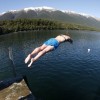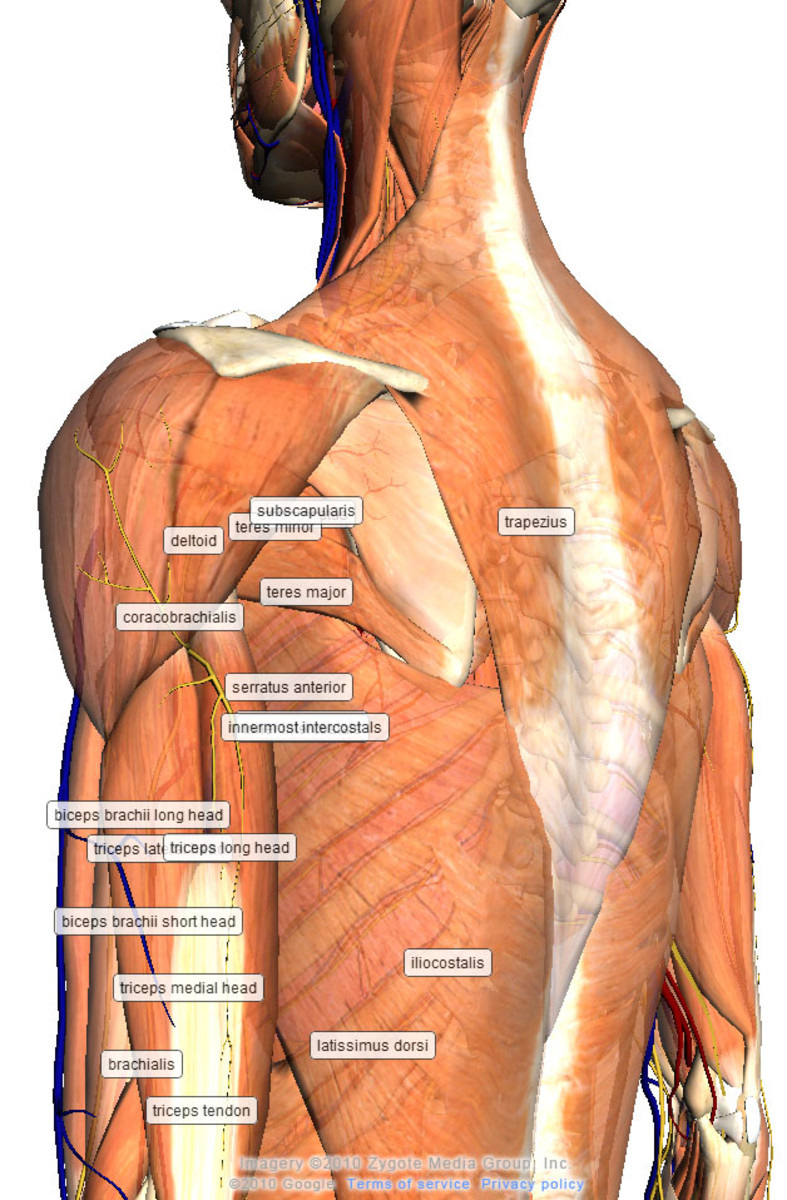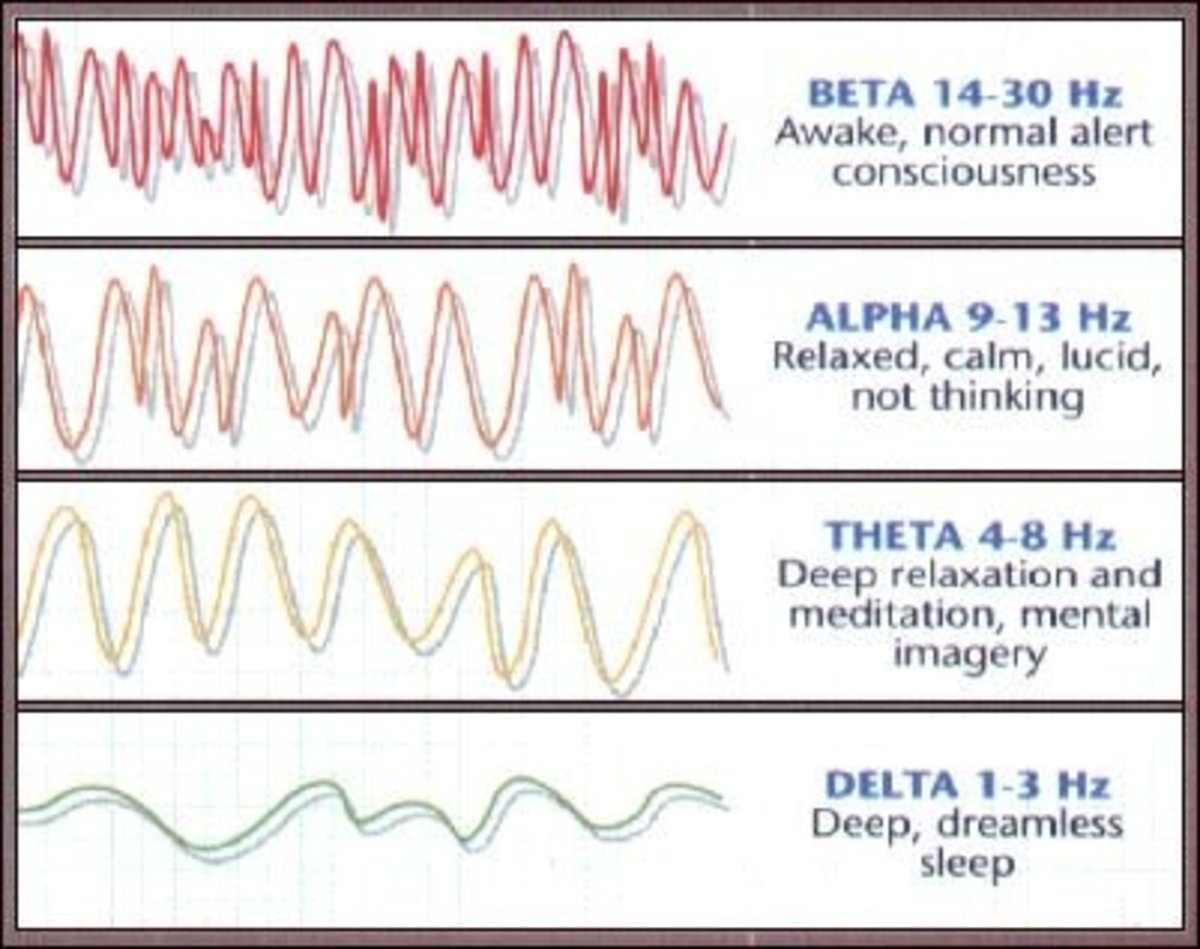Anterior Cruciate Ligament (ACL) Reconstruction - Rehabilitation Guide
Ruptures of the collateral ligaments (lateral and medial collateral) and the anterior cruciate ligament in males and females is four and seven times more common in athletes respectively (Nielson and Yde, 1991). ACL tears have been reported to occur up to eight times more frequently in females than in males in a plethora of databases, whilst 72% of tears are caused by a non-contact twisting mechanism (Boden et al. 2002). Regardless of the figures, one of the most important aspects of an ACL tear, and the subsequent reconstruction surgery is rehabilitation one undertakes to get the knee back to full working function. This is possible, but a strict regime of rehab must be followed, both to prevent re-rupturing the graft, but also to prevent degenerative processes occurring in the joint, which can lead to osteoporosis in later life.
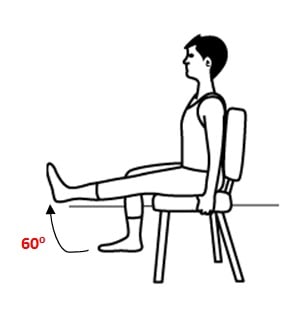
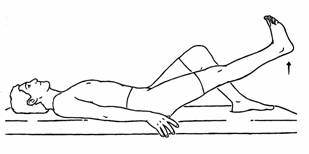
Before Surgery
Undertake an exercise programme which will strengthen your quadricep muscles. These muscles (in the front of your thigh) tend to be prone to wasting if they are not used. The quadriceps provide stability to the knee joint, and prevent too much anterior translation of the tibia (the same function as your ACL).
1. Short arc quads - this involves sitting on a chair and placing a weight (2kg) on your ankle, then extend your leg to no more than 60 degrees.
Do 12-20 repetitions and 3 sets, 3 times per week.
2. Straight leg raises - sitting on the floor, stretch out both of your legs, slightly externally rotate your leg/ankle (so your foot is facing out). Lift your leg up off the floor (keeping it straight) about 8-10 inches from the floor. Make sure you control your leg and do not just let it fall quickly back to the ground.
Do 12-20 repitions and 3 sets, 3 times per week.
3. Balance exercise - It is very important to maintain proprioception (balance and awareness) of the muscles in and around your knee. Use a balance board, indo board, or alternatively, practice standing on the injured leg (closing your eyes to make the task harder).
Practice this as often as possible, for example when cooking or watching the TV (listening to the TV is you have your eyes closed!)
Directly after surgery - in the hospital bed
Whilst lying down, try to contract your quadriceps and move your foot up and down (as if pumping your calf muscle). These early exercises prevent your knee from becoming extremely stiff the day after surgery. Even though your leg will be (should be) in a straight knee support, these exercises should still be done throughout the days after surgery.
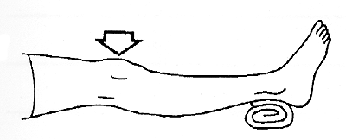
Days 1 - 3
Extension of the knee - it is very important to start regaining range of motion in your knee. Try to push down on a bed with your knee (with your leg straight).
- Using a towel - placed beneath your ankle - let your leg rest into extension, keeping it there for as long as possible (until it is too painful). Do this exercise as often as possible once you are at home. It will significantly decrease the time it takes to regain full range of motion.
- If you have had a hamstring graft, do not try any other extension exercises (such as trying to touch your toes with a straight leg. This includes trying to tie up your shoelaces! research has shown that tight hamstring muscles in the first phase after an ACL reconstruction can protect the graft from too much strain.
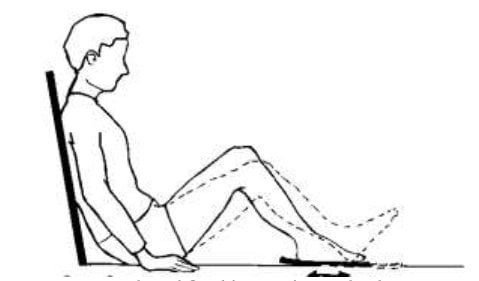
Ankle slides (with knee bending) - try to bend your knee with the ankle always contacting the floor/bed). Slide your ankle up and down (as in the diagram). Try to do this at least 6-10 times, and 2-3 times per day. This will increase your range of motion.
You can use a towel to assist with this exercises in the early stages. Wrap the towel around your ankle pull your knee into flexion, whilst slowly releasing it into extension.
Co-contraction of the quads and hamstrings - try to contract your quads and hamstrings at the same time. It is important to try to get them to contact at the same, at an early stage.
Weightbearing on crutches - try to take small steps and induce weight bearing on the injured knee - but within pain tolerance.
Early goals
- Achieve full extension
- To achieve 90 degrees of flexion by 2 weeks
Day 3 - 10
Achieve full passive extension within 10 days
Continue exercises described above
SLR (not past 45 degrees) - lie on the floor and perform a straight leg raise (within pain tolerance). Do not go past 45 degrees.
2 - 4 weeks
Standing toe raises - (for calf muscle tone) - slowly raise yourself onto tiptoes and controllably return your heels to the ground.
12-20 reps 3x per week
Static cycling - begin with low resistance, gradually increasing resistance as necessary
Swimming - Do not swim properly, rather use the water for ROM exercises and gentle kicking. you can walk in the pool too.
Balance board training - as often as possible
Continue with all previous exercises
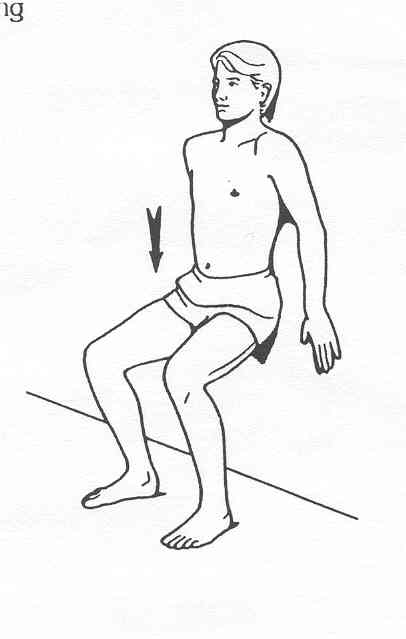
4-12 weeks
Achieve full active ROM, full knee extension and full knee flexion
Begin isometric quads and co-contraction of the quadriceps and hamstrings
Continue with stationary bike, may progress to road bike, but only on flat surfaces.
Half squats - standing against a wall, perform a half squat, stopping short of 90 degrees.
Repeat 12-20 times, 3 sets, and three times per week.
Lunges - 12-20 reps, 3 sets, 3 times per week
>12 weeks
Once you have completed the previous exercised, and feel confident in doing them effectively with full pain free range of motion, you may start doing the following exercises in order to prepare you for sporting activity:
1. Plyometric training exercises
These exercises aim to condition your knee, and most notably prepare the ligaments which stabilise your knee for the cutting and jumping stresses in most types of sport. The website below illustrates many of the exercises which are beneficial with interactive diagrams:
http://www.sport-fitness-advisor.com/plyometricexercises.html
Note: it is advisable to keep the number of foot contacts below 120 in the first few sessions of plyometrics, gently increasing the number after 2 weeks of training.
2. Return to running
An important milestone you must reach before you return to sport. Start runnning gently on a treadmill. There may be initial sharp pain in the centre of your knee, which should disappear within 1 or 2 sessions of running. Once you feel competent on the treadmill, you can progress to running on grass/soft surfaces, and if desired concrete.
Return to sport
There are three basic requirements you MUST have completed before returning to sport.
1. You must have completed the stages of rehabilitation, whether you follow the time frame set out or do this more quickly, it is up to you...but the importance lies in completing it. Also note however, that the graft usually takes 8 months or more to heal fully.
2. You must have completed the plyometric training
3. You must have full pain free range of motion when running, walking, squatting, pivoting etc
There is absolutely no gains to be made returning to sport too soon. Think of the pain and agony of your injury, think of the weeks and months you spent waiting for surgery, and then the subsequent months getting over the new pain of surgery, and the hours you spent doing rehab..... If YOU don`t do it properly, including all the stages required to build up a sport fit knee, then it will be YOU who will be spending another year away from your love of sport.
Besides this, by doing rehabilitation, you`ll reduce your chance of getting osteoporosis in later life (Amin et al. 2008), and you`ll even improve your sporting performance.
GOOD LUCK!
Looking forward to recovery? Interested in surfing?
Visit http://www.superstokedmagazine.com/ for health and fitness articles as well as great surf photography!
